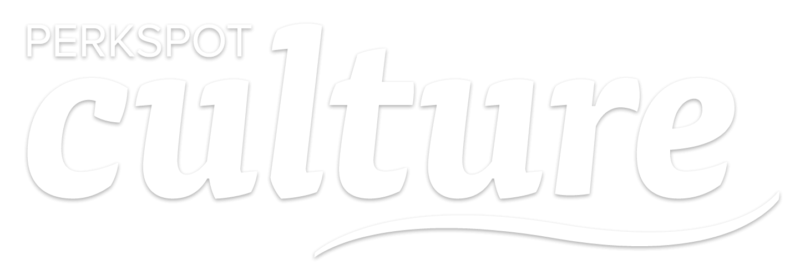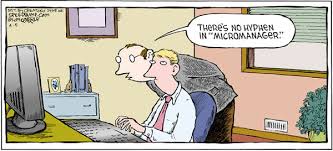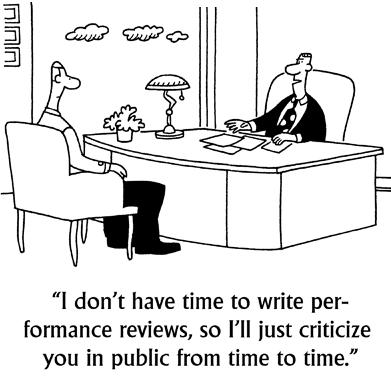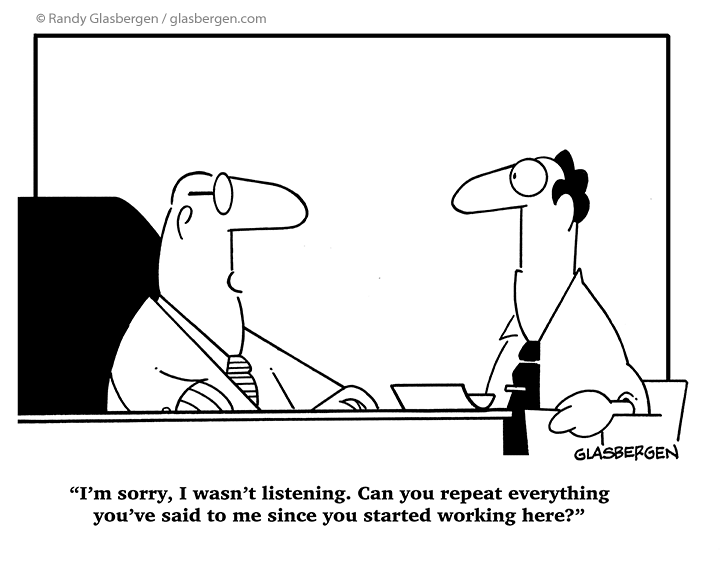Conquer the Sunday Night Blues

An awesome article in Fistful of Talent recently discussed the “Sunday Night Blues”. Well-written and well-researched, the author describes the misery many people experience before returning to work on Monday morning. He dives into why this might be true of the 76% of Americans who say their Sunday Night Blues are so bad they want to look for a new job.
While you can read the article for a more in-depth view of the “Sunday Night Blues” and their sweep across America, let’s discuss a few ways we can conquer the blues by providing employees with a better place to work in the first place.
Give Them Something to Look Forward To
Think about your team and the weekly activity they enjoy doing the most. Maybe it’s a meal you share together or a fun team building activity. Whatever it is, try moving it to Monday to engage your staff right from the get-go. Start incorporating a daily stand-up as part of your Monday routine to encourage your team by celebrating wins and highlighting star performers. Just make sure to save any constructive criticism for later in the week when morale is higher.
Take Advantage of Fridays
When the end of the week rolls around most of us check out for the weekend. But often that can make Monday even more painful. Ending your Fridays well and setting you and your team up for success is essential for a productive and pleasant start to your week. The Muse provides a helpful worksheet for ending your week by celebrating accomplishments and assigning tasks for the week ahead. Using this sheet can help you feel more successful and less overwhelmed on Monday morning.
Let Them Flex Their Schedule
One of the greatest benefits at PerkSpot is the ability to flex our schedules. This could mean working from home when it’s storming out or working later hours to catch up on some Zzzzs. Providing flexible schedule opportunities for employees can help improve productivity and has even made a difference in closing the gender pay gap. Telecommuting is becoming all the more popular, so it will not only satisfy your current employees but also help you stay competitive when recruiting new hires.
Lead by Example
Nothing is worse than walking into the office on Monday morning to hear your supervisor or coworker moan and complain. On the other hand, Gallup reports that “Positive leaders deliberately increase the flow of positive emotions within their organization,” and can lead to greater engagement and improved performance. If the leadership is not staying positive, it’s highly unlikely their employees will maintain a positive attitude.
Combat the “Sunday Night Blues” by providing a better workplace for our employees, starting with our own attitudes.
















